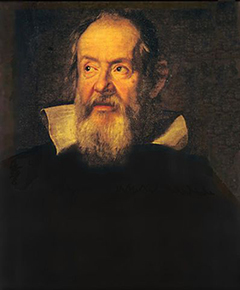Science in Society’s Updates
Made of Maths?
plus.maths.org | Article Link | by Jeremy Butterfield
There is no doubt that the history of science, and especially of physics, provides countless illustrations of the power of mathematical language to describe natural phenomena. Famously, Galileo himself — the founding father of the mathematical description of motion — envisaged describing many, perhaps all, phenomena in mathematical terms. Thus in The Assayer he wrote the following (saying "philosophy" in roughly the sense of our words "natural science" or "physics"):
"Philosophy is written in this grand book — I mean the universe — which stands continually open to our gaze, but it cannot be understood unless one first learns to comprehend the language in which it is written. It is written in the language of mathematics, and its characters are triangles, circles, and other geometric figures, without which it is humanly impossible to understand a single word of it; without these, one is wandering about in a dark labyrinth."
Of course, since Galileo's time the language of mathematics has developed enormously — in ways that even he, a genius, would have found unimaginable. This lends credence to the claim that maths is more than just a tool; that it is embedded deeper in the nature of reality. Some people have taken this idea to the extreme: they suggest that the Universe itself is a mathematical structure.
How can this be? One line of reasoning, which has been taken by the physicist Max Tegmark in his book Our mathematical Universe, starts with the premise that external reality is completely independent of us humans. If this is true, then external reality must have a description which is utterly free of subjective ingredients: that is, utterly free of factors arising from biological facts about human cognition, or cultural facts, or facts about an individual human's psychology.


